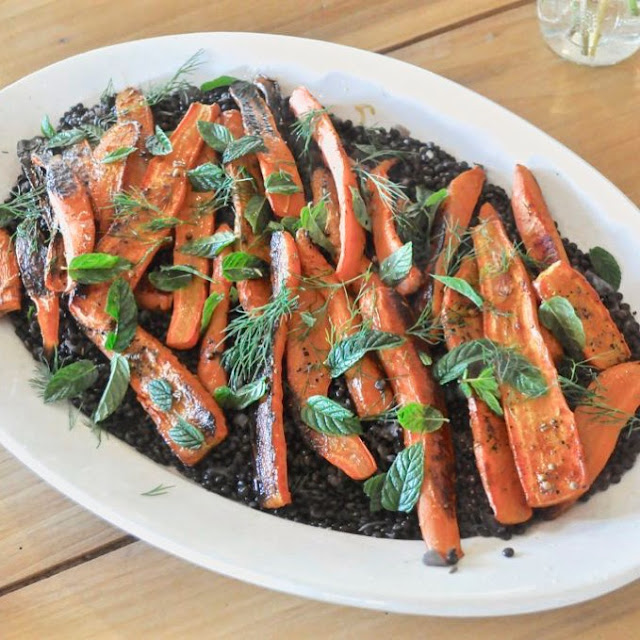 I’ve rolled pasta, baked bread, canned fruits, jarred jams and fermented vegetables. I’ve fried cannoli, stretched strudel and brined turkeys. I’ve cleaned squid, octopus and even fed snails for a day to cleanse them before cooking. I’ve pounded lemon grass and ground spices for curry in Thailand, made macarons in Paris and caught cephalopods off the coast of Sardinia. But one of the things I’ve wanted to try, but hadn’t until last week was cheesemaking.
I’ve rolled pasta, baked bread, canned fruits, jarred jams and fermented vegetables. I’ve fried cannoli, stretched strudel and brined turkeys. I’ve cleaned squid, octopus and even fed snails for a day to cleanse them before cooking. I’ve pounded lemon grass and ground spices for curry in Thailand, made macarons in Paris and caught cephalopods off the coast of Sardinia. But one of the things I’ve wanted to try, but hadn’t until last week was cheesemaking.All that changed at the Farm Cooking School in Titusville, New Jersey, where I learned how to make four different kinds of cheese – mozzarella, ricotta, crème fraîche, and goat’s milk cheese. The class of about eight people gathered to learn from Ian Knauer, founder of the school, which I’ve written about in the past here.
Crème fraîche is made with heavy cream to which a mesophilic starter culture is added. Alternately, simply add a tablespoon of purchased crème fraîche to a cup of heavy milk inside a sterilized glass jar, and heat it inside a pot filled with warm water. For goat’s cheese, you start with goat’s, not cow’s milk (naturally) raw or pasteurized — not always so easy to find.
But even if you don’t make your own cheese, you’ll want to try the recipe at the end of this post using good quality purchased cheese. Of course, nothing compares to freshly made, but still, the recipe can be adapted using store bought cheese.
None of the dishes we ate contained meat. (For strict vegetarians, you might think twice about eating cheese, since rennet, used in most cheeses, is an enzyme made using cow’s stomach.)
The lunch lineup included this delicious salad of kale, cooked beets and the goat cheese we made and crumbled on top.
We also roasted shishito peppers and served them with the mozzarella balls we pulled.
The lentils were cooked and mixed with the crème fraîche, then topped with sweet roasted carrots, dill and mint.Dessert was simple but wonderful – apples poached in white wine, sugar and cinnamon and served with fresh ricotta.
If getting to The Farm Cooking School is impossible, here’s the next best thing — a cookbook Ian and Shelley have written that is due to be released in a few weeks. You’ll find many of the recipes and techniques here that you’d learn at the school, and you can pre-order it on Amazon.com.
Lentils with Spice-Roasted Carrots and Crème Fraîche
- 3 pounds carrots, peeled
- 3 T. extra virgin olive oil
- 1 t. ground coriander
- 1 t. smoked paprika
- 1 t. ground cumin
- 1 pound lentils, black or green
- 1/4 cup extra virgin olive oil
- 1 large onion, quartered
- 2 garlic cloves, smashed
- 3 T. fresh lemon juice
- 1 cup dill (or cilantro) and mint leaves
- 1 cup crème fraîche
- Toss the carrots with the oil, coriander, paprika, cumin, 1 t. salt and 1/2 t. pepper.
- Spread the carrots on a baking sheet and roast until tender, about 25 minutes.
- Reserve the carrots.
- While the carrots roast, cover the lentils in a saucepan by 2 inches of water.
- Stir in the onion, garlic and a generous pinch of salt and pepper.
- Boil the lentils until tender, about 20 minutes, then drain the lentils and toss with the oil, lemon juice and salt and pepper to taste.
- Place the lentils on a serving platter and top with the carrots, herbs and crème fraîche.
- Serve.








No comments:
Post a Comment